Length Converter
The Length Converter tool allows you to convert between different units of length, such as meters, feet, inches, and more, providing accurate and instant results. This tool is perfect for engineers, architects, students, and anyone who needs to convert length measurements for various applications. The process is simple and efficient, ensuring precise conversions every time.
Share on Social Media:
Effortless Measurement Conversion with Our Precise Length Converter Tool
Need to transform meters into miles or inches into centimeters swiftly and precisely? Our length converter is your go-to solution for immediate and accurate length conversions across different measurement systems. In this guide, we’ll walk you through the ease of using our tool, unravel the intricacies of metric and US customary units, and showcase practical uses in industries where precise length measurement is paramount.
Key Takeaways
The Length Converter by PagesTools.com is characterized by a user-friendly interface and the digit groups separator which enhances readability, designed to handle a range of units including inches, meters, and nautical miles.
Understanding the metric system’s base units, like the meter, and conversion factors is crucial for conversions, with these factors being straightforward due to reliance on powers of ten for unit scaling.
Advanced length conversion techniques are significant in precise industries, like textiles and scientific research, while conversion charts aid quick references across various industries, and accurate length measurement is critical in construction and global trade.
Exploring the Length Converter
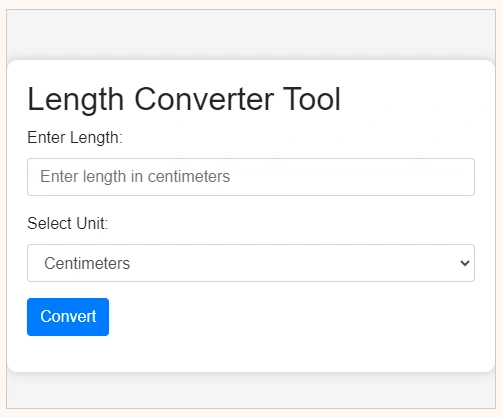
The Length Converter by PagesTools.com is not just another online converter. It’s designed to simplify the process of converting lengths between various units, making it a game-changer in the world of length measurement and conversion. One of its key features is the digit groups separator, which enhances the readability of conversion results. This seemingly small feature can make a significant difference when dealing with large numbers, ensuring that no detail is missed.
The distinctive feature of the Length Converter is its user-friendly interface. There’s no need to fuss with settings or navigate a confusing layout. From the moment you land on the page, you have access to the tool’s full functionality. However, its simplicity does not lessen its versatility.
Whether you’re working with inches, meters, or even nautical miles, this tool has you covered.
Mastering Metric System Conversions
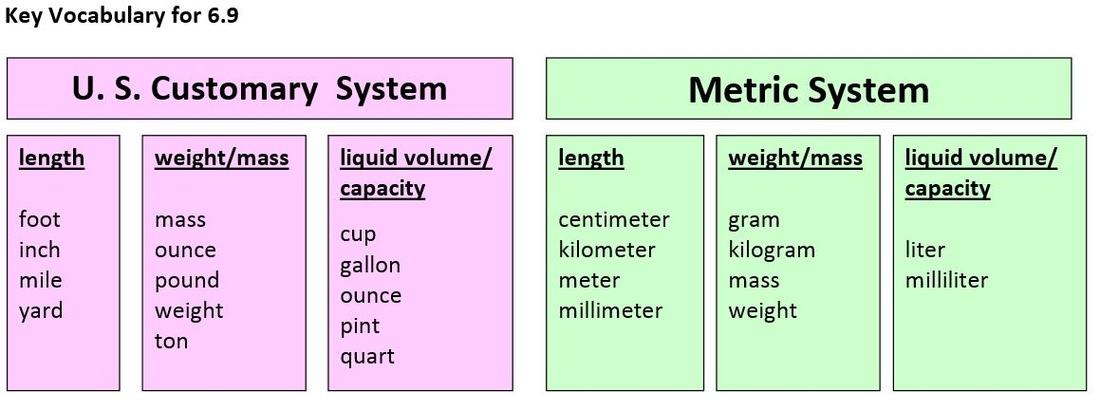
Moving on from the tool itself, let’s delve into the fundamentals of measurement systems, starting with the most widely used one globally - the metric system, also known as the international system. The beauty of this measurement system lies in its simplicity and universality, making it a breeze to switch between units. However, comprehending its base units and conversion factors is crucial for its mastery. Shall we delve deeper?
Understanding Base Units in the Metric System
At the heart of the metric system lies its base unit for length - the meter. The meter has a rich history, with its definition evolving over time to align with scientific progress. Initially, it was defined as the distance between two lines on a standard bar. Later, it was characterized using the Earth’s circumference. Today, the meter is defined as the distance light travels in 1/299792458 seconds, ensuring a precise and universal standard.
Several units derived from the meter accommodate different scales of measurement. These include:
The kilometer for long distances
The centimeter for smaller lengths
The millimeter for minute measurements
The micrometer and the nanometer for microscopic scale
These derived units ensure that the metric system can accommodate measurements of all magnitudes with ease.
Conversion Factors for Metric Units
Grasping the base units of the metric system is merely the beginning. To switch between units seamlessly, we need to master conversion factors. These factors, based on powers of ten, make conversion in the metric system a straightforward process of multiplying or dividing. For instance, to convert meters to centimeters, we multiply the number of meters by 100. Why 100? Because one meter is equivalent to 100 centimeters.
The process is just as simple when converting between other units. Want to convert inches to centimeters? Just multiply the number of inches by 2.54, the standard conversion factor for this change. These conversion factors, while simple, are the key to quick and accurate metric system conversions. They are the heart of the Length Converter tool, enabling its efficient functionality.
Navigating US Customary Units with Ease
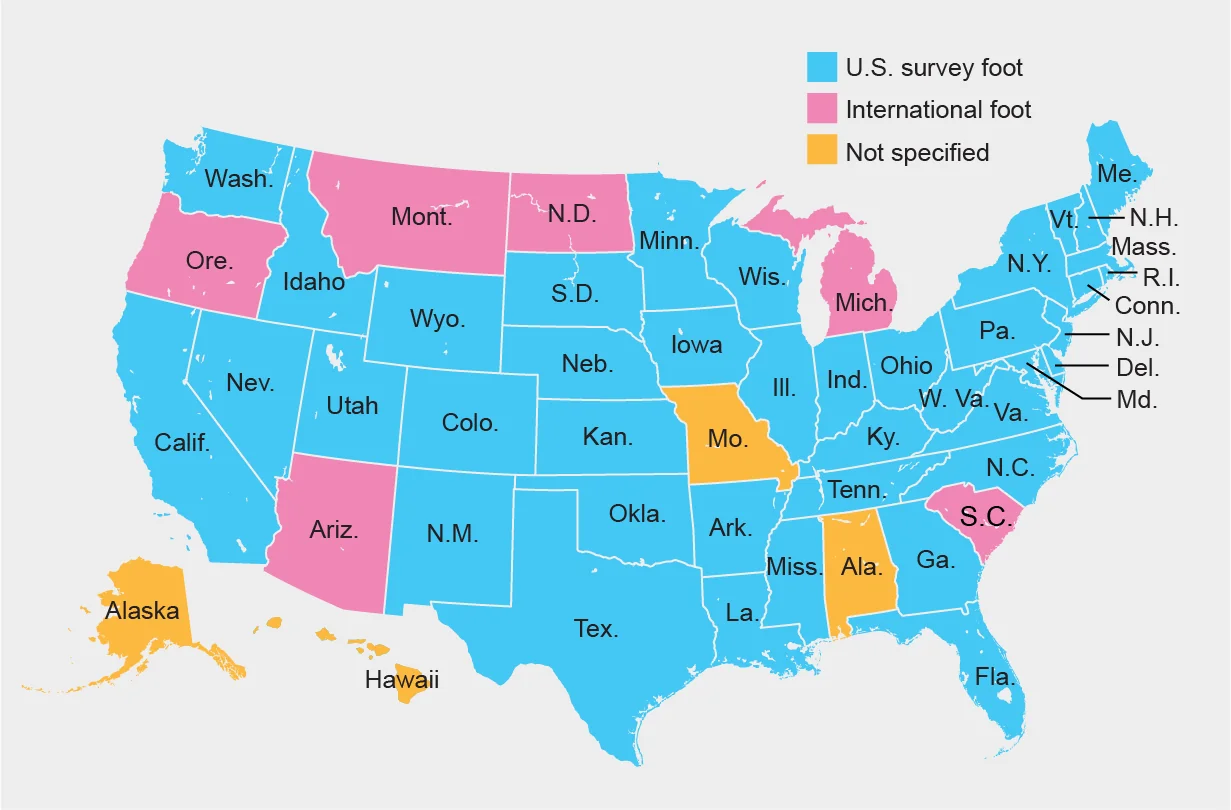
Now that the metric system has been discussed, let’s transition to the US customary system. While it might seem daunting at first, with its inches, feet, yards, and miles, you’ll soon find that it’s just as manageable once you understand its units and conversion factors.
Let’s dissect it further.
The Survey Foot vs. International Foot
The foot is a key unit in the US customary system. But did you know that there are two different types of feet - the survey foot and the international foot? The international foot, defined as precisely 0.3048 meters, is the one most commonly used today. The survey foot, on the other hand, is defined as exactly 1200/3937 meters.
This slight difference between the two types of feet may seem insignificant, but it can add up over large distances, leading to significant errors. This is why the United States is updating its National Spatial Reference System to use only the international foot, enhancing precision in positioning and measurement.
Applying Conversion Factors for US Customary Units
As with the metric system, conversion factors are integral to understanding the US customary system. To convert inches to feet, for instance, we divide the number of inches by 12 - because there are 12 inches in a foot. Similarly, to convert square inches to square feet, we divide the number of square inches by 144. Why 144? Because that’s the number of square inches in one square foot.
What about conversions that don’t have a direct correspondence, like miles to inches? In such cases, we can use a sequential application of conversion factors. First, we convert miles to feet, and then feet to inches. This way, we can handle even the most complex conversions within the US customary system.
From Imperial to International: Length Conversion Across Systems
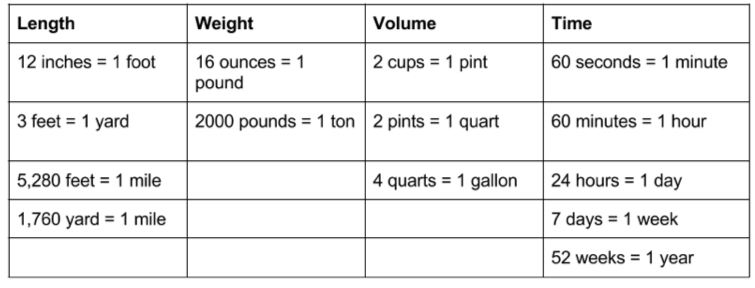
Now, envision a situation where there is a need to convert lengths between the metric system and the US customary system. This might seem like a leap, but with the right knowledge and tools, it’s a leap we can easily make.
Let’s examine how to do this.
When Miles Meet Kilometers: Cross-System Conversion
Consider a common cross-system conversion: miles to kilometers. Both units are used to measure long distances, but they belong to different systems - miles to the US customary system and kilometers to the metric system. The standard conversion factor for this change is that one mile is equivalent to approximately 1.60934 kilometers.
Therefore, to convert from miles to kilometers, we just need to multiply the number of miles by this conversion factor. That’s it! With this simple multiplication, we’ve successfully converted between two different measurement systems.
Inches to Centimeters: Bridging the Gap Between Systems
Let’s consider another common cross-system conversion: inches to centimeters. Like miles and kilometers, inches and centimeters are units of length in the US customary system and the metric system, respectively. To transform inches into centimeters, we employ a standard conversion process, which is encapsulated within the Length Converter tool.
Let’s take 18 inches as an example to illustrate the conversion to centimeters. This will illustrate the process clearly. By inputting this value into the Length Converter and selecting the appropriate conversion settings, we get the result: 45.75 centimeters. Just like that, we’ve bridged the gap between two different measurement systems.
Advanced Length Conversion Techniques
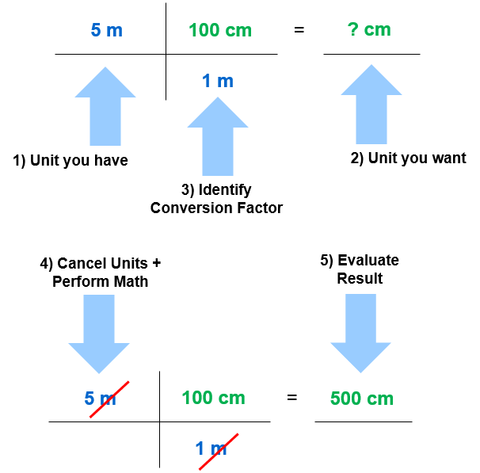
Until now, we have discussed fundamental length conversion techniques. But what about more complex conversions, like those used in the textile industry or scientific research? Let’s delve into these sophisticated length conversion techniques that enhance the precision of our measurements.
Converting Length for Fabric Measurements
In the textile industry, fabric measurements often need to be converted from inches to centimeters. This is an area where precision is crucial, as even the smallest discrepancy can lead to significant errors in the final product. Here, the Length Converter tool comes in handy, transforming fabric dimensions from inches to centimeters with ease.
The precision offered by the Length Converter tool is particularly beneficial when dealing with intricate designs or complex patterns, where an error of even a millimeter can have a significant impact. This demonstrates how advanced length conversion techniques can play a critical role in maintaining standards in the textile industry.
Distance Light Travels: Scientific Length Conversions
The realm of scientific research also utilizes advanced length conversion techniques, often based on the distance light travels. The light-second, defined as the distance light travels in one second, is a unit of length used in various scientific fields. This distance equates to exactly 299792458 meters.
Based on the light-second, larger length units such as light-minutes, light-hours, and light-years are established. These units are particularly useful in astronomical and physics-related measurements, where distances are so vast that conventional units like meters or kilometers become unwieldy. This illustrates how advanced length conversion techniques can cater to the specific needs of various fields.
Utilizing Conversion Charts for Quick Reference
Despite the irreplaceability of tools like the Length Converter, a length conversion chart can further boost efficiency when you need to convert length. These charts condense detailed information into an easily accessible format, allowing for rapid transformations of measurements between units like meters to kilometers or inches to feet.
Conversion charts are particularly useful in fields where time is of the essence, and complex calculations can slow down the workflow. By offering a unified system of units, these charts not only streamline tasks but also prevent costly errors, making them an indispensable tool in various industries.
Length Measurement in Practice
While we’ve covered the concepts and techniques of length conversion, let’s see how they are applied in practice. Let’s examine the practical implications of length measurement and conversion, with a focus on two significant areas: construction and global trade.
Measuring Length in Construction
In construction, the accuracy of length measurements has far-reaching implications. From the calculation of material quantities to the estimation of labor needs, every aspect of a project hinges on these measurements. Errors in length measurement or conversion can lead to:
Underestimation or overestimation of project costs
Delays in project completion
Inaccurate ordering of materials
Wasted resources
Compromised structural integrity
These factors can significantly impact the project’s overall success. It is crucial to ensure precise and reliable length measurements throughout the construction process.
The use of feet in construction plays a crucial role in architectural design and building construction. However, slight discrepancies between different types of measurement units, such as the two types of feet, can accumulate over large distances, resulting in significant errors. This is especially critical in precision-dependent tasks in surveying, mapping, and agriculture.
Length Measurement in Global Trade
In the realm of global trade, precise length conversion is pivotal. Accurate material estimation can directly impact project cost estimations, budgeting, and the bidding process, particularly in international construction projects. A shared system of units, like the metric system, facilitates collaboration across borders in international design, engineering, science, and medicine.
For instance, in Britain, 88% of trade is with countries that use the metric system, making it integral to British trade. Without a shared system of units, such as the imperial system, and efficient length conversion tools, international trade and cooperation could become significantly more challenging.
Summary
We’ve traversed the fascinating landscape of length conversion, exploring everything from the user-friendly Length Converter by PagesTools.com to advanced conversion techniques used in the textile industry and scientific research. We’ve delved into the intricacies of the metric system and the US customary system, and even bridged the gap between them.
Along this journey, one thing has become abundantly clear: length conversion is much more than a mathematical exercise. It’s a fundamental process that facilitates collaboration, enhances efficiency, and ensures the integrity of final products in various industries. Whether you’re an engineer, a textile manufacturer, or a scientist, mastering length conversion is an invaluable skill that can streamline your workflow and prevent costly errors.
Frequently Asked Questions
What is the base unit for length in the metric system?
The base unit for length in the metric system is the meter.
What is the difference between the survey foot and the international foot?
The survey foot is defined as exactly 1200/3937 meters, and the international foot is equal to precisely 0.3048 meters. The difference lies in their basis of measurement: the survey foot relies on a fraction of the meter, while the international foot uses a fixed decimal of the meter.
How do I convert miles to kilometers?
To convert miles to kilometers, simply multiply the number of miles by approximately 1.60934.
Why are precise length conversions important in the textile industry?
Precise length conversions are important in the textile industry to maintain precision standards and avoid errors in the final product. This is crucial when dealing with intricate designs or complex patterns.
How does a conversion chart enhance efficiency?
A conversion chart enhances efficiency by condensing information for rapid and error-free unit transformations, streamlining tasks in various industries.